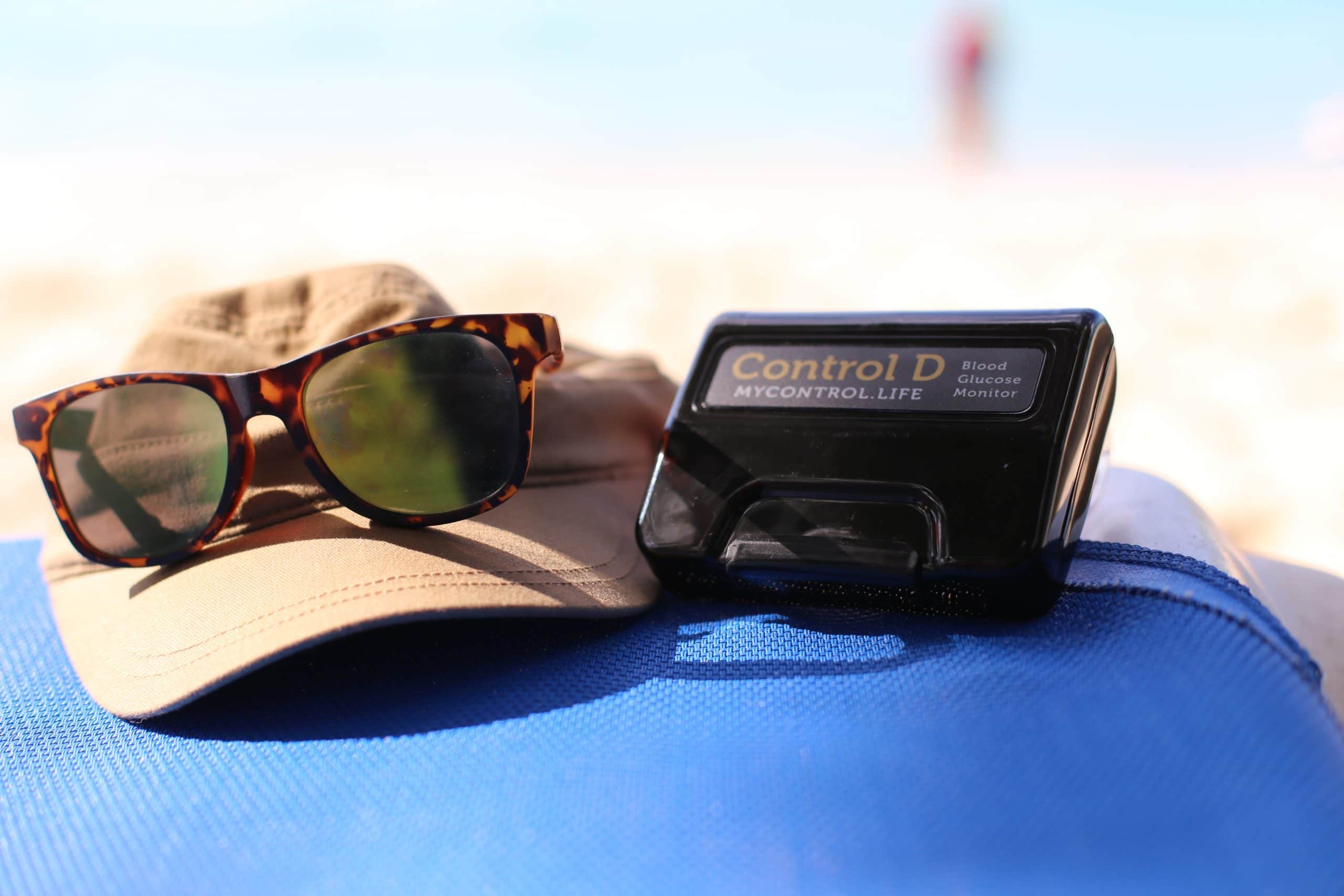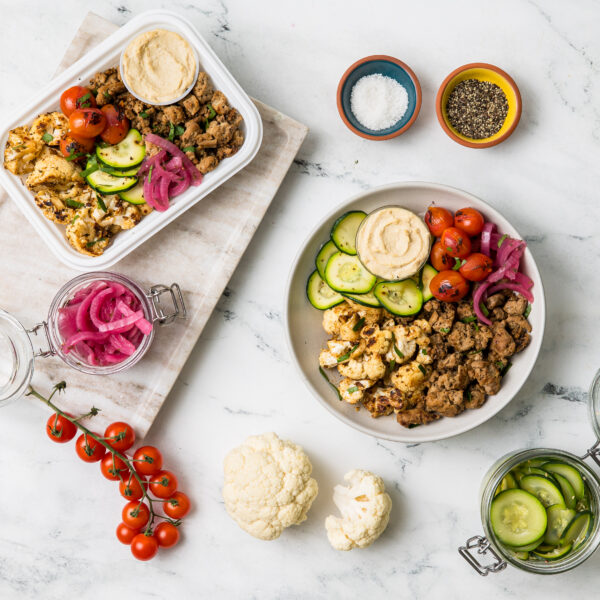Here at Snap, we talk about how some of our meal plans can help lower your blood sugar, but what does that really mean? And what are some concrete steps you can take to work on lowering your blood sugar? We’ve got you covered on the blog today.
When you eat food (particularly carbohydrates and protein), the sugar (glucose) from your food is transported to your cells. High blood sugar is a result of your body being unable to effectively transport sugar from blood into cells.
Insulin, a hormone made by the pancreas, helps your body to use the glucose from the carbohydrates you eat for energy or stores it for future use. Insulin helps keeps your blood sugar level from getting too high or low. However, when blood sugar levels are chronically high, your body becomes less sensitive to insulin, meaning it takes more insulin to help transport glucose. Over time, this leads to elevated blood sugar and eventually, chronic conditions like diabetes.
So how can you work to manage your blood sugar response? We’ve got 6 tips below!
Exercise often
Exercise helps increase insulin sensitivity, meaning your cells are more receptive to and better able to use the glucose in your bloodstream after a meal. In fact, exercising before or after a meal helps your cells open to the available sugar in your bloodstream. Even going for a brisk walk after eating can improve insulin sensitivity. Remember to choose an activity that you enjoy and will stick with, since consistency is key.
Change your diet
One of the best ways to manage your blood sugar is with your diet. For those with decreased insulin sensitivity, a lower carb, higher fiber, higher fat diet can do wonders. Since carbohydrates have the biggest impact on blood sugar, decreasing the number of carbs you’re eating can help to decrease the burden placed on your body. While the exact amount depends on your individual health history and height/weight, a good place to start is around 100-125g of carbs per day (our low carb or keto-friendly meal plans are perfect for lowering your carb intake!). Fat and fiber are two other essential pieces of the puzzle since they both help keep you full and slow food’s breakdown in the stomach, meaning you’ll have a slower rise in blood sugar.
Eat less frequently
While it’s often said that smaller, more frequent meals will lead you to your health goals, this is largely a myth. Instead, eating every 2 hours will often mean that your pancreas is continually having to release insulin to deal with the carbohydrates (and, to a lesser degree, the protein) that you’ve just eaten. To give your pancreas and your digestion a break, work on stretching out the time between meals until you’re truly hungry. This usually means you need to increase the size of the meals you are eating, making sure to include lots of veggies, healthy fat, and protein.
Prioritize sleep
Sleep is an often neglected piece of a wellness routine, but it’s vitally important. Just one night of poor sleep can decrease insulin sensitivity and lead to sugar cravings. Sleep deprivation also increases cortisol levels and disrupts other hormones, like leptin and ghrelin, associated with hunger and fullness. Work on your sleep hygiene by doing things like shutting off all electronics an hour before bed, sleeping in a cold and dark room, limiting light in the evenings and getting into the sun first thing in the morning to reset circadian rhythms. Aim for 7-8 hours per night.
Drink more water
While drinking water is obviously key to staying hydrated, it also helps your kidneys flush out excess blood sugar through urine. It’s best to stick to water, sparkling water or other no sugar added beverages (not even non-caloric sweeteners like stevia!) to get the hydration benefits without any less-than-desirable added ingredients. Aim to drink at least 75 oz of water per day. We love using insulated, stainless steel water bottles to keep our water cold throughout the day!
Practice stress management
Stress can actually impact blood sugar and hormone levels. Hormones like glucagon and cortisol, which are secreted during times of stress, cause a rise in blood sugar levels. The bottom line, managing stress in a healthy way is key for balanced blood sugar and hormones. The method really depends on what works for you, but things like yoga, meditation, exercise, and true relaxation can help you manage your stress.
Interested in managing your blood sugar through your diet? Check out our meal plans and get started today!





Leave a Reply
2 Comments
Great instruction. This is just what I need right now. It remains only to understand in order not to violate the regime. This is very difficult for me to do. Perhaps you write instructions on how to deal with thoughts about violation of the regime?
Sweet tips for lowering sugar, restricting insulin and providing pancreatic rest and recovery! Gracias!